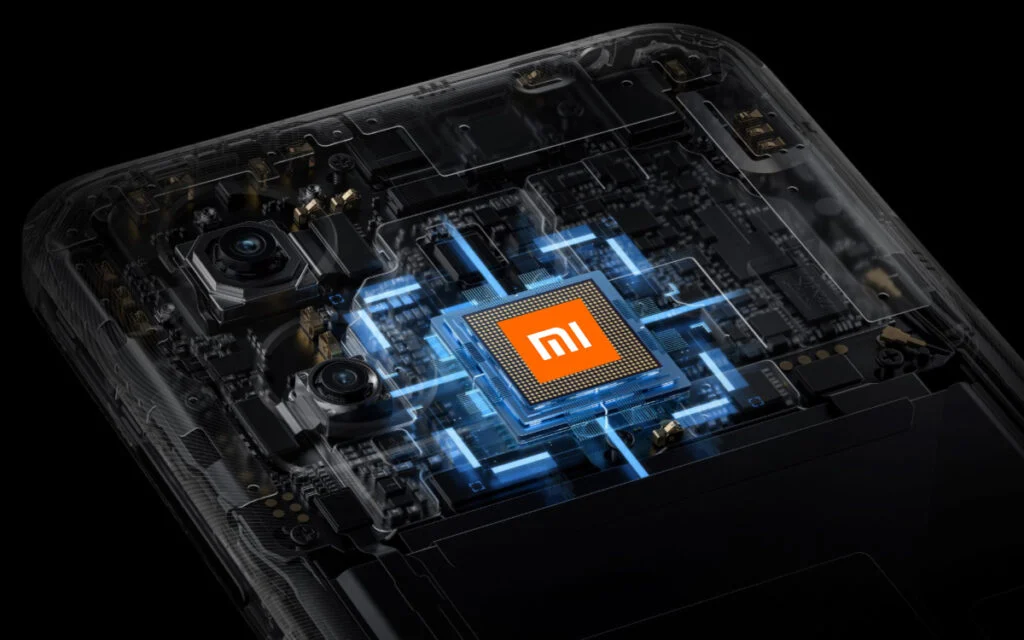Xiaomi, having previously stepped back from chip development, is now reportedly gearing up for a fresh venture into creating its own System on Chip (SoC). Recent leaks have provided insights into what might be the company’s next effort in developing a smartphone processor.
Contrary to earlier speculation about a state-of-the-art 3nm design, tipster Fixed Focus Digital (via Jukanlosreve on X) indicates that Xiaomi’s first Arm v9-based chip will utilize TSMC’s N4P node instead. This more established and cost-efficient process suggests that Xiaomi is taking a balanced approach, prioritizing both performance and production efficiency as it makes a significant return to chip manufacturing.
The leaked specifications reveal an octa-core CPU configuration arranged in a 1+3+4 layout. It features one high-performance Cortex X925 core operating at 3.2GHz, three Cortex A725 cores at 2.6GHz, and four energy-efficient Cortex A520 cores running at 2.0GHz. While this setup may not reach flagship performance levels, it seems well-suited for upper mid-range devices, potentially debuting in the anticipated Xiaomi 15S, which is expected in 2025.

On the graphics front, the SoC is rumored to include an Imagination Technologies IMG DXT72 GPU clocked at 1.3GHz. Interestingly, early projections suggest it might even surpass the Adreno 740 found in the Snapdragon 8 Gen 2, indicating promising graphics capabilities.
Additionally, Xiaomi is likely to incorporate its Image Signal Processor (ISP), while other components such as the 5G modem and DSP may be sourced from MediaTek, Synopsys, or even Huawei, depending on availability and geopolitical considerations.
Creating an in-house System on Chip (SoC) is part of Xiaomi’s larger goal to lessen its dependence on external chip manufacturers such as Qualcomm and MediaTek. This strategy not only enhances control over the integration of hardware and software but also enables Xiaomi to better navigate supply chain challenges and manage production expenses. Nevertheless, the current geopolitical situation, especially U.S. export restrictions, may affect Xiaomi’s access to cutting-edge manufacturing technologies, which could, in turn, influence production schedules and capabilities.
As the expected launch date draws near, more comprehensive details are likely to surface, shedding light on Xiaomi’s strategic plans and the potential effects of its custom SoC on the smartphone industry.
For more daily updates, please visit our News Section.

